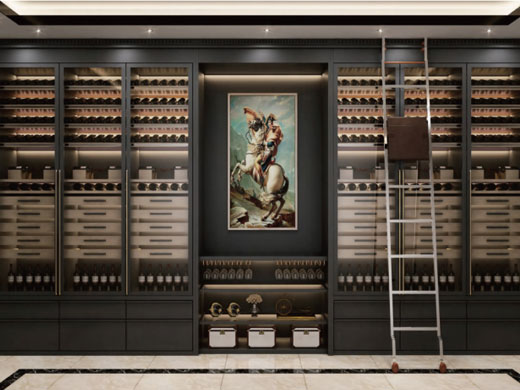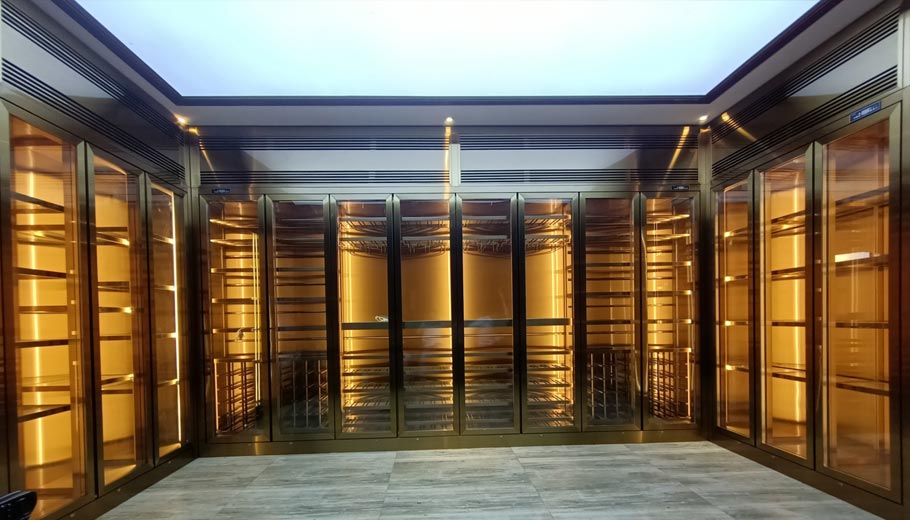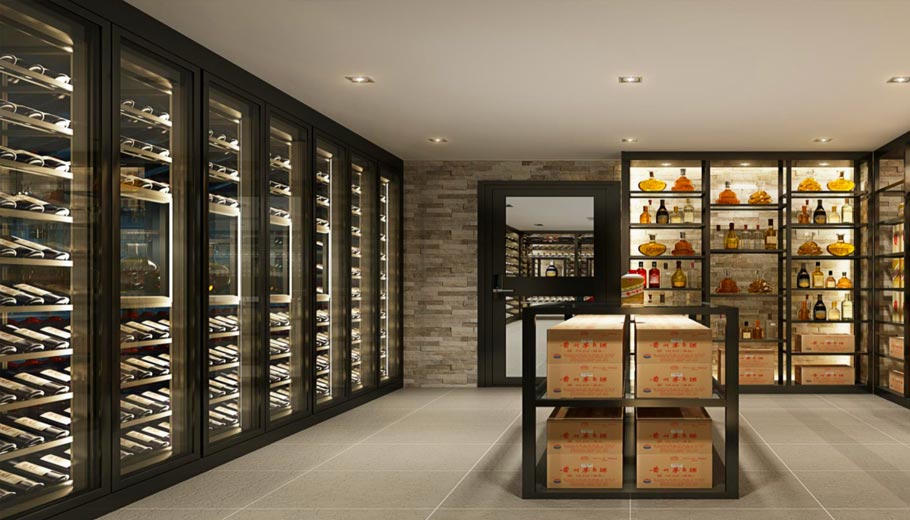How to Clean and Maintain Your Stainless Steel Wine Cabinet
Stainless steel wine cabinets have become a hallmark of modern kitchens, wine cellars, and entertainment spaces due to their durability, sleek aesthetics, and ability to protect valuable wine collections. While stainless steel is known for its resistance to rust, corrosion, and wear, proper cleaning and maintenance are essential to preserve its appearance and ensure the longevity of your wine cabinet. Neglecting routine care can lead to fingerprints, smudges, water spots, and even minor corrosion over time. This guide will provide you with practical strategies to clean and maintain your stainless steel wine cabinet effectively.
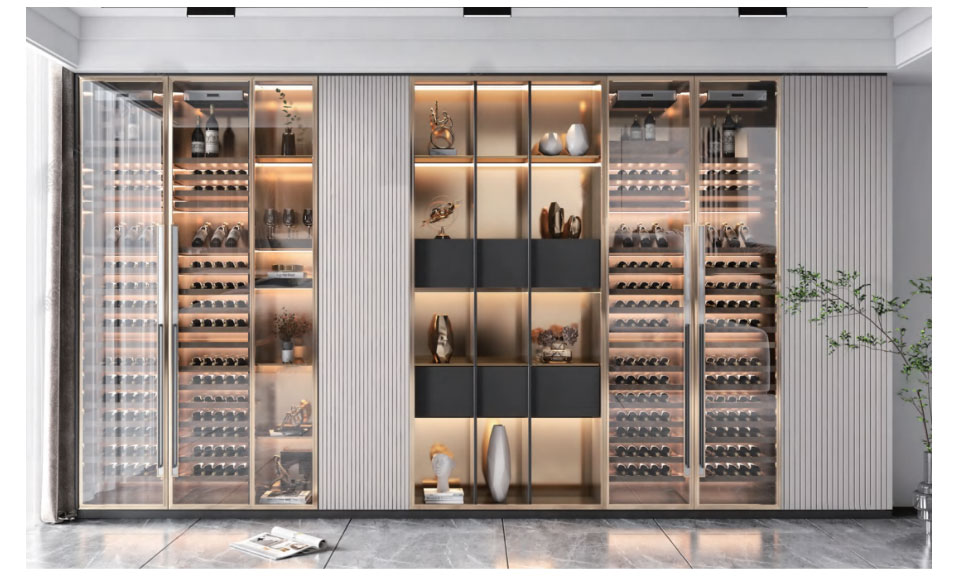
Understanding Stainless Steel Surfaces
Before diving into cleaning methods, it is important to understand the nature of stainless steel. It is a non-porous material, meaning it doesn’t absorb liquids or bacteria, which makes it highly hygienic. However, its reflective surface shows fingerprints, dust, and streaks more prominently than other materials. Harsh cleaning agents, abrasive sponges, or improper wiping techniques can scratch or dull the surface. Knowing the characteristics of stainless steel ensures you choose the right cleaning products and techniques for long-lasting results.
Daily Cleaning Routine
For everyday maintenance, focus on simple cleaning methods that prevent dirt and fingerprints from accumulating.
Microfiber Cloths: Use a soft microfiber cloth to wipe the surface. These cloths are non-abrasive, highly absorbent, and effective at removing smudges without scratching the metal.
Mild Soap and Water: Mix a small amount of mild dish soap with warm water. Dampen the cloth and gently wipe the cabinet along the grain of the metal. Rinse with a clean, damp cloth and dry immediately to prevent water spots.
Routine Wipe-Downs: Regularly wipe the cabinet even if it looks clean. This prevents the build-up of dust, grease, and oils from fingerprints.
Removing Fingerprints and Smudges
Fingerprints and smudges are the most common issues with stainless steel surfaces. To remove them efficiently:
Vinegar Solution: Mix equal parts of white vinegar and water. Spray lightly on a microfiber cloth (never directly on the surface) and wipe along the grain. Vinegar dissolves oils and leaves the surface streak-free.
Specialized Stainless Steel Cleaner: Commercial cleaners are formulated to remove fingerprints, smudges, and light stains while adding a protective layer that resists future marks. Apply according to the manufacturer’s instructions for optimal results.
Polishing with Oil: After cleaning, a small amount of mineral oil or olive oil on a microfiber cloth can be used to polish the surface. This enhances shine and creates a thin protective layer that repels fingerprints.
Deep Cleaning for Stains and Residues
Occasionally, more thorough cleaning is necessary, especially for stubborn stains or sticky residues.
Baking Soda Paste: Combine baking soda with a small amount of water to make a paste. Apply gently with a soft cloth along the grain and rinse thoroughly. This mild abrasive method removes residue without scratching.
Non-Abrasive Sponges: For tougher spots, a soft sponge can be used, but avoid steel wool or brushes that can damage the surface.
Rinse and Dry: Always rinse thoroughly to remove cleaning agents, then dry with a soft cloth to prevent water spots or streaking.
Maintaining the Interior
The interior of the wine cabinet requires care as well. Shelves, racks, and drawers can accumulate dust, wine residue, or condensation:
Regular Dusting: Use a soft cloth or vacuum with a brush attachment to remove dust and crumbs.
Monitor Humidity: Proper humidity levels prevent mold, mildew, and damage to corks and labels. Use a hygrometer to track internal humidity.
Ventilation: Ensure proper air circulation within the cabinet to avoid stagnant, damp air that can damage both the cabinet and your wine collection.
Additional Tips for Longevity
Avoid Harsh Chemicals: Do not use bleach, ammonia, or abrasive powders, as they can corrode or dull the surface.
Follow the Grain: Always wipe along the grain of stainless steel for streak-free results.
Dry Immediately: Moisture left on the surface can leave water spots and reduce the metal’s luster.
Regular Inspections: Periodically check for scratches, loose seals, or minor rust spots and address them promptly to maintain the cabinet’s integrity.
Benefits of Proper Maintenance
Regular cleaning and maintenance not only preserve the aesthetic appeal of your stainless steel wine cabinet but also extend its functional lifespan. A well-maintained cabinet ensures that your wine collection is stored in a safe, hygienic, and visually pleasing environment, reflecting both care and sophistication.
Meslier Stainless Steel Wine Cabinets
For homeowners seeking both elegance and practicality, Meslier Stainless Steel Wine Cabinets provide an ideal solution. Crafted from premium-grade stainless steel, Meslier cabinets are resistant to fingerprints, smudges, corrosion, and wear. With features such as insulated walls, integrated LED lighting, and customizable shelving, these cabinets protect your wine collection while enhancing the aesthetic appeal of kitchens, wine cellars, and living spaces. Their surfaces are easy to clean and maintain, making Meslier Stainless Steel Wine Cabinets a perfect combination of style, durability, and modern functionality.
Hot News

Best Stainless Steel Wine Cabinet for Home

Stainless Steel Cabinets vs. Wood Cabinets: Which is the Better Choice for Your Kitchen?

Minimalist Kitchen Design: How Stainless Steel Cabinets Fit the Trend
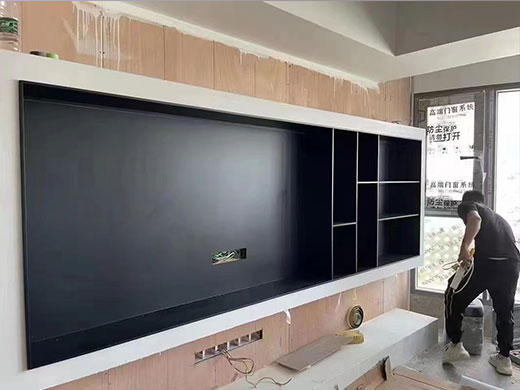
Creative Uses of Stainless Steel Wall Niches in Contemporary Interiors
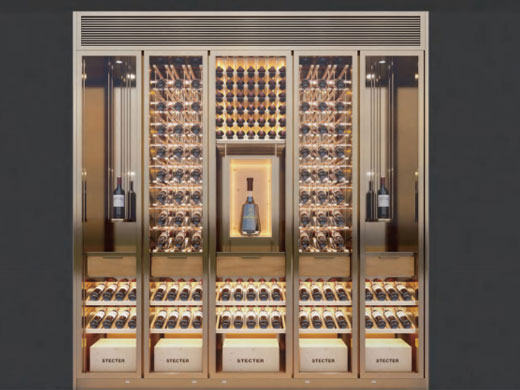
Stainless Steel vs. Wooden Wine Cabinets: Pros & Cons

Glass Door vs. Solid Door Stainless Steel Wine Cabinets: What’s Best?
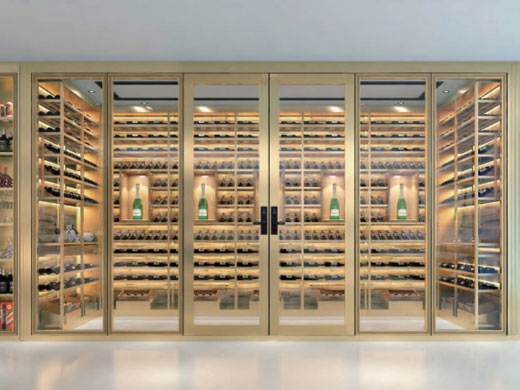
High-End vs. Budget-Friendly Stainless Steel Wine Cabinets: A Buyer’s Guide
